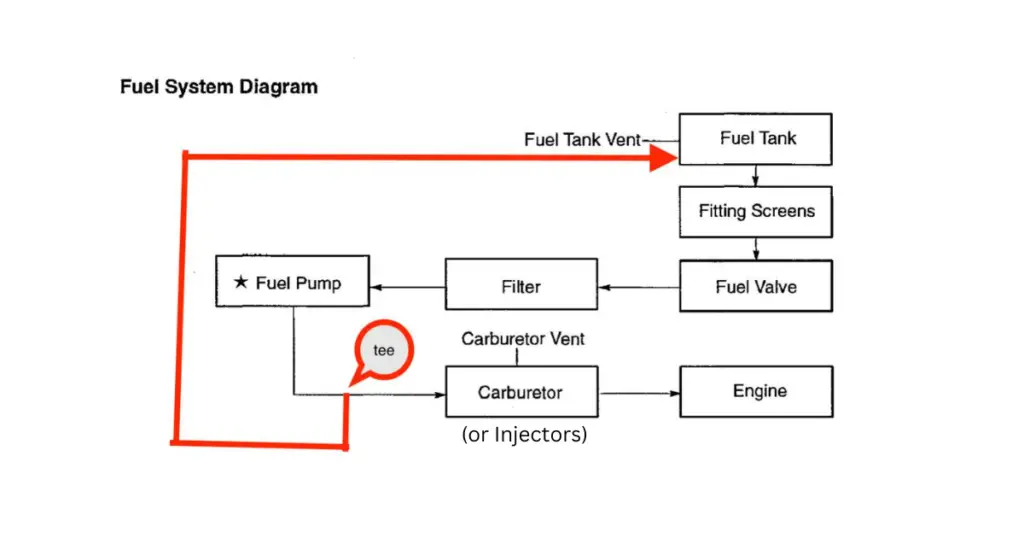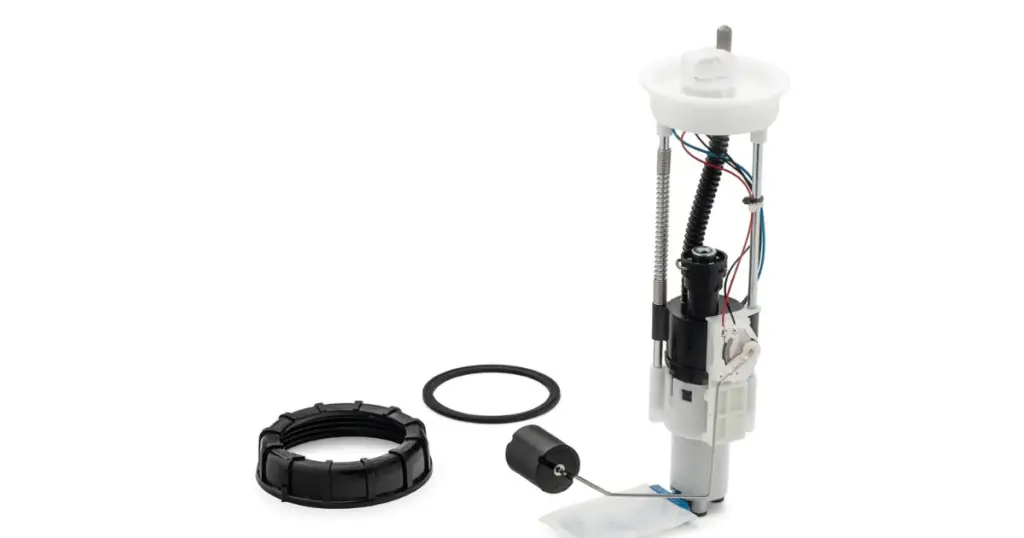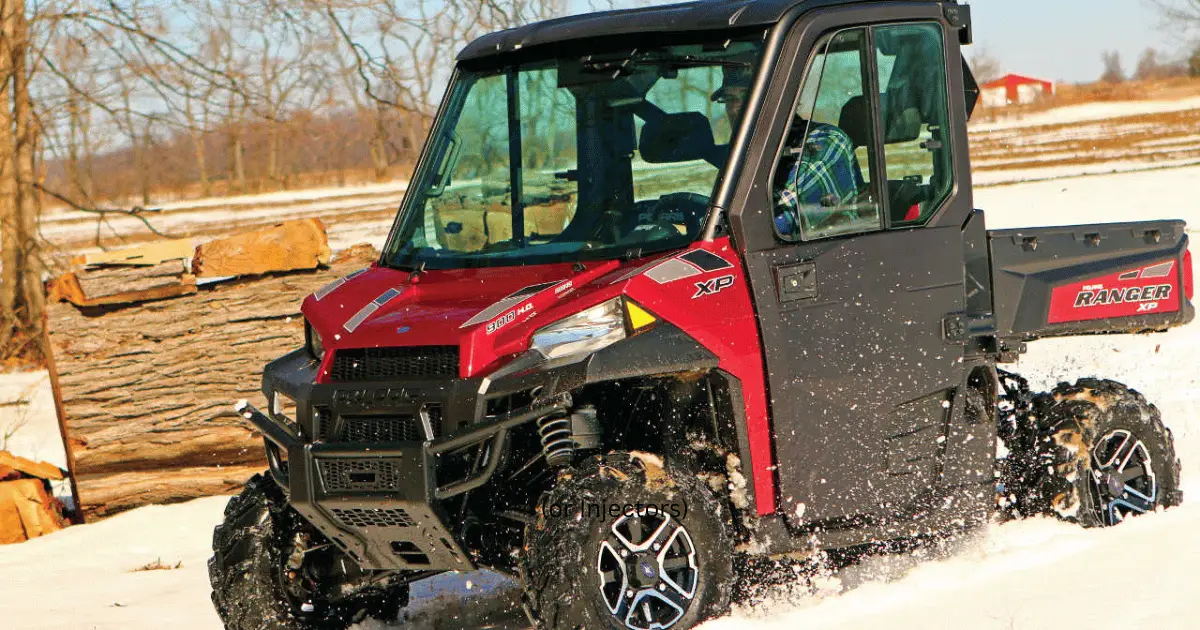You know that feeling when your Polaris Ranger 900 starts sputtering, and you can’t quite pinpoint the issue? Well, there’s a good chance you’re dealing with one of the notorious fuel pump problems that seem all too common with this model. It’s that moment when the adventure grinds to a halt, and you’re left scratching your head while your reliable sidekick refuses to roar to life. These glitches range from a complete lack of fuel pressure to mysterious intermittent failures that can drive any ATV enthusiast up the wall. But before you throw in the towel, let’s get to the heart of the matter and explore the nitty-gritty of what causes these Polaris Ranger 900 fuel pump problems and how you might just be able to fix them.
Overview of Polaris Ranger 900 Fuel System

Your Polaris Ranger 900 is designed to provide you with high performance and reliability. At the heart of this performance is the fuel system. Now, you might not think about it a lot, but the fuel system plays a pivotal role in your vehicle’s operation. It’s a sophisticated network that ensures the right mix of air and fuel reaches the engine for combustion.
Components of the Fuel System
The fuel system is more than just a fuel tank and a pump. It includes a series of components that work together to deliver fuel to the engine efficiently. Your Ranger’s fuel system consists of the fuel tank, fuel lines, the fuel pump, injectors, a fuel filter, and a pressure regulator, among other parts. All these components are designed to withstand the tough environments you put your Ranger through.
Role of the Fuel Pump in Engine Performance
The fuel pump is the workhorse of the fuel system. It’s responsible for drawing fuel from the tank and pushing it through the fuel lines to the engine. Without it, your engine wouldn’t get the fuel it needs to start or keep running. The pump needs to maintain the proper pressure to ensure efficient delivery of fuel, especially during high-speed operation or under heavy loads.
General Maintenance for the Fuel System
Taking good care of your fuel system is crucial to the overall health of your Ranger. General maintenance includes regularly checking and replacing your fuel filters, ensuring your fuel injectors are clean, and keeping an eye on the fuel lines for any signs of wear and tear. By keeping your fuel system in top shape, you’ll help your Ranger perform at its best and avoid costly repairs down the line.
Common Symptoms of Fuel Pump Issues

A failing fuel pump can quickly turn a great day off-road into a troublesome one. Knowing the common symptoms can save you time and hassle.
Engine Sputtering at High Speeds
If you’re cruising at high speeds and your Ranger starts to sputter, it could be a sign that your fuel pump can’t keep up with the engine’s fuel demands. This inconsistent delivery can cause the engine to sputter or jerk as it tries to operate without an adequate fuel supply.
Loss of Power During Acceleration
You know your Ranger and how it handles. If you’re accelerating and notice a loss of power or a marked hesitation, this could point to a problem with the fuel pump struggling to deliver the surge of fuel needed for quick acceleration.
Engine Stalling
Engine stalling, especially under strain, is a red flag. If your fuel pump is failing, it may not provide enough fuel to the engine, causing it to stall. Keep an ear out for this—stalling can be dangerous if it happens in the wrong situations.
Difficulty Starting the Vehicle
If you’re having trouble starting your Ranger, and it’s not the battery or the starter motor, the fuel pump might be the culprit. A weak pump can fail to provide enough pressure to initiate the engine’s combustion process.
Read more: Full Guide To Identifying Polaris Ranger Check Engine Codes
How To Diagnose Polaris Ranger Fuel Pump Problems
Before you start working on your fuel pump, it’s essential to diagnose the problem properly.
Visual Inspection for Physical Damage
Start by giving the fuel pump and its components a once-over. Check for any visible signs of damage, such as cracks or leaks. If the pump looks okay from the outside, the issue might be internal.
Testing Fuel Pump Pressure
A fuel pressure gauge can help you determine if the pump is generating enough pressure. If the reading is low, it’s a sign that your pump isn’t performing as it should. The Ranger’s service manual will have the correct pressure specifications for comparison.
Checking Electrical Connections
A loose or corroded connection can cause fuel pump malfunctions. Ensure all connections are secure and free of corrosion for the best performance.
Listening for Unusual Noises from the Fuel Pump
Put your ear close to the fuel pump and listen. A functioning pump should have a quiet humming sound. If you hear a loud whining or howling noise, it could indicate a problem with the pump.
Related: Worst Polaris Ranger Years to Avoid (+The Best)
What Causes A Fuel Pump To Fail?
Understanding why fuel pumps fail can help you prevent problems before they start.
Fuel Contamination
Contaminated fuel can cause havoc within your fuel system. Dirt, debris, or water in the fuel can wear out the pump and other components prematurely.
Overheating
Overheating is bad news for your fuel pump. It usually happens if you frequently run your Ranger with a low fuel level, as the fuel helps to cool the pump when it operates.
Related: Polaris Ranger Overheating Solutions and Radiator Issue Fixes
Wear and Tear Over Time
Nothing lasts forever, and that includes your fuel pump. Regular wear and tear can eventually lead to a drop in performance or failure.
Electrical Issues Leading to Pump Malfunction
Your fuel pump relies on electrical power. Any problems in the electrical system can lead to pump malfunction, so keep those connections and relays in check.
Troubleshooting Tips
If you suspect a fuel pump issue, here are a few tips to help you troubleshoot.
How to Check the Fuel Filter
Start with the basics. Check the fuel filter for blockages by removing it and blowing through it. If air doesn’t pass through easily, it’s time for a replacement.
Testing the Fuel Pump Relay
The relay is a crucial part of the electrical system that powers the pump. Test it by swapping the fuel pump relay with another similar one in your Ranger to see if the problem persists.
Assessing Fuel Lines for Blockages
Fuel lines can become kinked or clogged over time. Inspect them for damage or obstructions that could be restricting fuel flow.
Resetting the Electronic Control Unit (ECU)
Sometimes, simply resetting the ECU can resolve fuel pump issues. Disconnect the battery for a few minutes to reset the system and see if that does the trick.
More Ranger problems:
> Polaris Ranger Front Differential Problems Get Fixed
> Polaris Ranger Rear Differential Problems: Too Much Trouble?
> Polaris Ranger Drive Shaft Problems? Help Is Here!
Fuel Pump Replacement Process
Tools Needed for Replacing the Fuel Pump
You’ll need some basic tools like socket wrenches, screwdrivers, pliers, a fuel pressure gauge, and safety equipment, such as gloves and goggles.
Step-by-Step Replacement Guide
Replacing the fuel pump begins with relieving the fuel system pressure and disconnecting the battery. Then, drain the fuel tank and remove it to access the pump. Replace the old pump with a new one and reassemble everything in reverse order.
Safety Precautions to Consider
Dealing with fuel can be dangerous, so take precautions. Work in a well-ventilated area, avoid open flames or sparks, and always wear safety gear. Dispose of old fuel properly, according to local regulations.
Post-Replacement Checks
Once you’ve replaced the pump, check for leaks and test the fuel pressure again. Take a test drive to ensure the problem is resolved and your Ranger is operating smoothly.
Yet another Ranger problem: Polaris Ranger Voltage Regulator Problems Get Fixed, Easily
Preventive Measures to Avoid Fuel Pump Problems
To minimize fuel pump issues, take these preventive measures.
Regular Maintenance Schedule
Adhere to a regular maintenance schedule. Check your Ranger’s manual for guidance on when to service the fuel system.
Using High-Quality Fuel
Always use high-quality fuel to prevent contamination that can wear out the pump and fuel system components.
Keeping the Fuel Tank Adequately Filled
Try to avoid letting the fuel tank run too low, as a more full tank helps keep the pump cool and well-lubricated.
Checking and Replacing Fuel Filters as Needed
Regularly check and replace the fuel filters to prevent blockages that can strain the fuel pump.
With all of this in mind, I’ll ask you the next question I think you should consider: How many miles will a Polaris Ranger last?
The Role of the Fuel Pressure Regulator
The fuel pressure regulator is a key player in the system.
Symptoms of a Failed Fuel Pressure Regulator
Signs of a failing regulator include poor fuel economy, black smoke from the exhaust, and an engine that misfires or stalls.
Testing the Fuel Pressure Regulator
Test the regulator by using a fuel pressure gauge and following the steps in your service manual. A reading outside of the specified range indicates a problem.
Impact on Fuel Pump Performance
A malfunctioning regulator can cause undue stress on the fuel pump, leading to premature wear or failure.
Replacing the Fuel Pressure Regulator
If testing shows that the regulator is faulty, it’s time for a replacement. Follow the manual’s instructions for your model, or consult with a professional.
Cost Considerations for Repair and Replacement
When facing fuel pump issues, cost is a significant consideration.
Average Cost of Fuel Pump Replacement
Replacing a fuel pump can vary in cost, depending on whether you do it yourself or have it done professionally. Parts and labor can add up quickly.
Cost Comparison: DIY vs Professional Service
While doing it yourself can save labor costs, unless you’re confident in your mechanical skills, it might be worth it to have a professional handle it.
Warranty and Longevity of New Fuel Pumps
New fuel pumps usually come with a warranty. Consider the longevity and guarantee of replacement parts when making your decision.
Finding Cost-Effective Replacement Parts
Shop around for the best deal on replacement parts. Sometimes aftermarket parts can be just as good as OEM for a fraction of the cost.

Leave a Reply